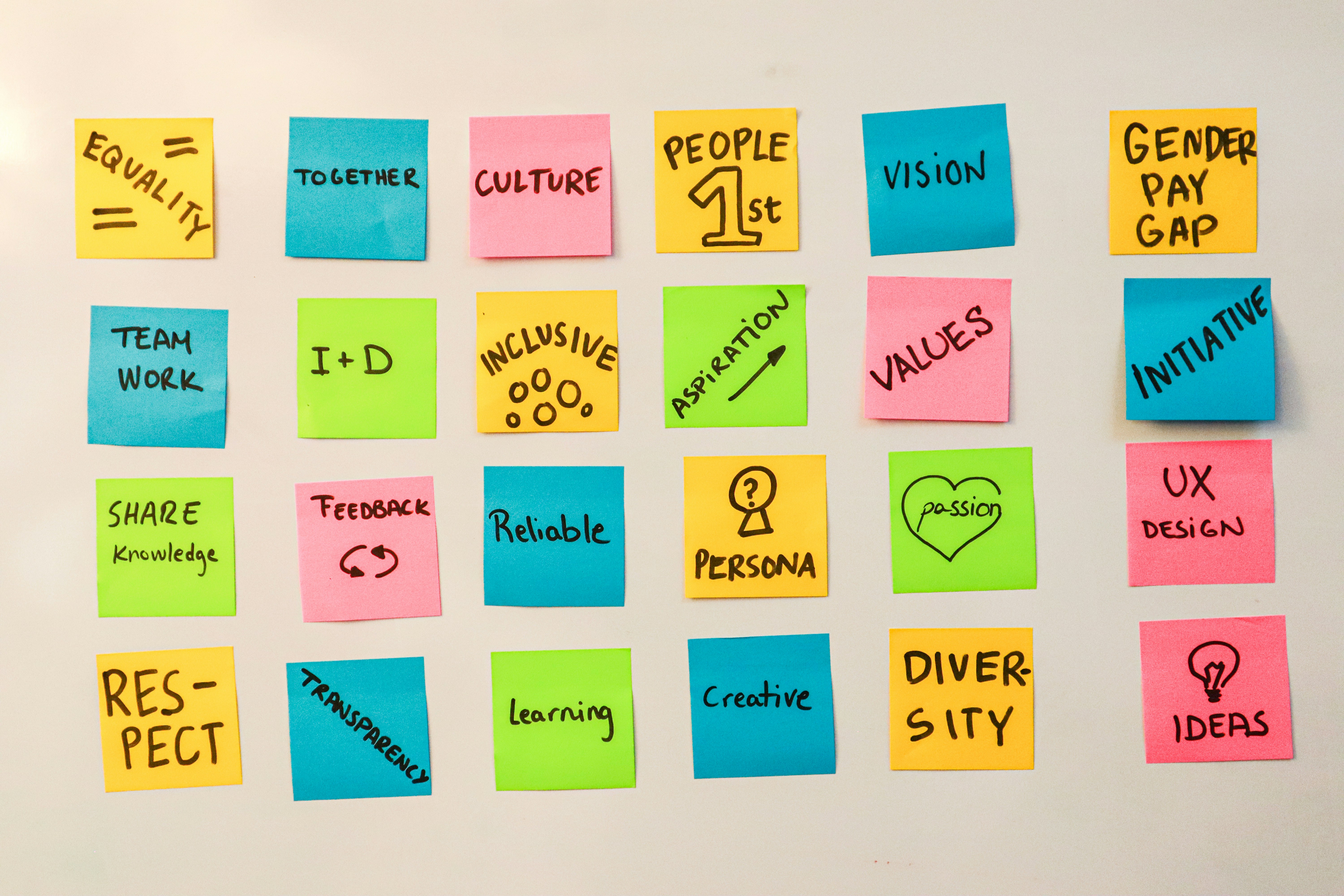Skyrocket Small Business Growth with AI-Driven Personalization
In today’s fast-paced digital landscape, personalization has emerged as a key driver for small businesses looking to boost engagement and growth. As consumers become more accustomed to tailored experiences, the need for one-to-one personalized content using AI is no longer just an option, but a necessity. By harnessing the power of artificial intelligence, small businesses can not only create meaningful connections with their customers but also skyrocket their overall engagement and growth.
Let’s dive into how leveraging AI for personalization can transform your small business into a customer-centric powerhouse while establishing a trustworthy and authoritative relationship with your audience.
The Importance of Personalization in Today's Market
Personalization extends beyond simply using a customer’s name in an email. It encompasses understanding each customer's journey, preferences, and behaviors, allowing businesses to deliver relevant content tailored to individual needs. According to a report by McKinsey & Company, 71% of consumers expect companies to deliver personalized interactions, and 76% are frustrated when this doesn’t happen. This statistic illustrates that personalization is no longer a luxury; it’s an expectation.
When done right, personalization can lead to increased customer satisfaction, loyalty, and ultimately, higher revenue. For instance, a study published in the Harvard Business Review found that personalized emails have a 29% higher open rate and a 41% higher click-through rate than generic emails. By integrating AI, small businesses can automate and streamline this process, ensuring that every customer interacts with content that's relevant to their interests.
Understanding Your Audience through Data
Data is the backbone of effective personalization. For a small business, harnessing AI means collecting, analyzing, and utilizing data effectively. Begin by gathering insights about your target audience through several methods:
-
Surveys and Feedback: Engaging directly with customers to gather insights about their preferences and experiences can help tailor offerings.
-
Behavioral Tracking: Utilizing website analytics tools like Google Analytics can provide valuable information on customer behaviors, such as which products they view the most or how long they stay on your site.
-
Social Media Monitoring: Platforms like Facebook and Instagram offer insights about your followers’ interactions with your brand, which can be instrumental in developing personalized content.
The data collected can be used to segment customers into distinct groups based on shared characteristics or behaviors, allowing for more targeted marketing efforts.
Tailoring Content with AI
Once you have a grasp on your audience, the next step is to use AI tools to tailor content. AI algorithms can analyze data to identify trends and preferences, enabling you to generate highly personalized recommendations and messaging. Here are several ways to effectively implement AI in your content strategy:
1. Dynamic Email Marketing
By using AI-driven marketing platforms, small businesses can set up automated workflows that respond to individual customer behaviors. For instance, if a customer frequently browses a certain category, sending personalized follow-up emails that highlight similar products can boost conversions significantly. A fantastic example is seen with platforms like Mailchimp, which automate these processes based on user interactions.
2. Personalized Recommendations
Leveraging AI for personalized product recommendations on your website can significantly uplift user experience. For instance, Amazon's recommendation engine, which accounts for 35% of its revenue, showcases how effective tailored suggestions can be. AI systems analyze past purchase history and browsing data, allowing you to recommend products users are most likely to buy.
3. Personalized Content Marketing
AI can also transform how small businesses produce and distribute content. For instance, AI-driven platforms like Phrasee use natural language processing to generate subject lines and copy that resonate with individual segments of your audience, driving engagement. Curating content based on what different customer segments prefer ensures that your messages land with impact.
4. Chatbots and Conversational Marketing
Implementing AI chatbots on your website can enhance customer engagement significantly. These bots can offer tailored recommendations based on customer inquiries, collect feedback, and even facilitate purchases. They operate 24/7, ensuring that customers receive immediate responses, improving the overall customer experience.
Building Trust through Authentic Engagement
While AI-driven personalization offers numerous benefits, it is equally crucial to maintain trust with customers. As you collect and analyze data, transparency becomes vital. Always inform users about how their data will be used and ensure their privacy is protected.
Engaging customers in a meaningful way also involves active listening. Personalization should be consistent and aligned with actual customer needs and preferences. Acknowledge past feedback and act accordingly, as this reinforces a customer-centric approach that fosters loyalty.
Overcoming Challenges in Personalization
Despite the advantages of AI, there are challenges that small businesses often face in implementation:
-
Data Privacy Concerns: With increasing scrutiny on data usage, businesses must navigate compliance with regulations like GDPR. Adopting best practices can keep your business transparent.
-
Integration Costs: Small businesses may be concerned about the initial investment in AI tools. However, many accessible and affordable AI solutions can be easily integrated into existing systems.
-
Skill Shortages: If your team lacks expertise in AI technologies, consider investing in training or hiring consultants to help ease the transition.
Adopting an Agile Personalization Strategy
An agile approach to personalization allows small businesses to adapt and refine their strategies over time based on feedback and data performance. Regularly evaluate the effectiveness of your personalized content, measuring metrics such as click-through rates, conversion rates, and customer retention.
For instance, A/B testing different versions of personalized emails can indicate which resonates better with your audience, enabling you to make informed decisions moving forward.
You can deepen your understanding of these methods by exploring our article on micro-moments, where we discuss how to seize spontaneous customer needs for growth.
Real-World Success Stories
Several small businesses have successfully harnessed AI to enhance personalization, demonstrating its potential for growth. For example, a local bakery used AI to segment their email list and adjust their messaging according to seasonal offerings. By personalizing their emails with tailored product recommendations, they significantly increased open and conversion rates.
Another inspiring case can be seen in an online clothing retailer that employed AI-driven sizing recommendations. By utilizing customer feedback and purchase data, they provided size and fit suggestions that resulted in 30% fewer returns, showcasing how personalization can lead to operational efficiencies.
Final Thoughts
By harnessing AI for personalized content creation and delivery, small businesses can competitively position themselves in a saturated market. This transformative approach not only improves customer engagement and satisfaction but also drives long-term growth. By marrying technology with human insights, you can create unparalleled customer experiences that transform one-time buyers into loyal patrons.
As you embark on your journey towards leveraging AI in personalization, remember to continuously analyze, adapt, and engage with your audience authentically. It’s not just about utilizing tools; it’s about creating real connections and offering values that resonate deeply with your customers.
To explore more about enhancing your brand's growth through innovative strategies, check out our article on humor and playfulness for business growth.














